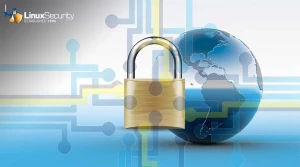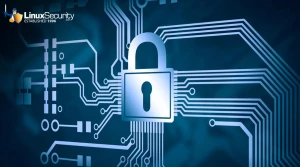Choosing The Right Personal Firewall
You've noticed by now that I believe personal firewalls are vital on Windows machines. While you may also have a firewall on your network, that's not enough protection. The reason is that while a firewall between you and the Internet will keep worms and hackers from entering down that path, it will do nothing to prevent attacks that come from within your network—or through paths that aren't blocked by the company firewall. And those can ruin your day just as effectively.
There are a lot of personal firewalls options on the market to choose from. Most make similar claims, but there are differences, and depending on what you're doing with your computer, those differences can matter. But then, so can the cost, and that can matter a lot since some choices are free.
The link for this article located at Wayne Rash is no longer available.






















